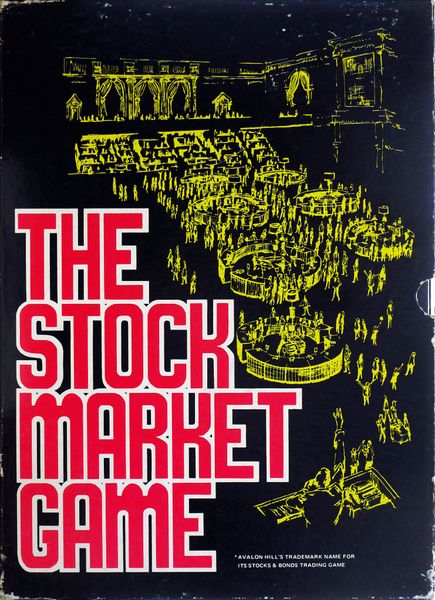The Stock Market Game (1970) Board Game
The Stock Market Game is a classic board game that was first released in 1970 by The Avalon Hill Game Co. It is a game that simulates the stock market, allowing players to buy and sell stocks to try and make the most money. The game has been popular for decades and has been a favorite among fans of economic and negotiation games.
Game Components of The Stock Market Game
How To Setup The Stock Market Game
To set up the game, players decide on the number of bargain periods, ranging from 6 to 10. Each player is given $60,000 in gold ingots and a share price chart. The stockbroker shuffles the cards and deals 10 cards face down to each player. The playing surface is prepared with company representations and share blocks.
Gameplay Mechanics and Game Objective
– Players buy and sell shares in multiples of 1,000 up to 5,000 and then in multiples of 10,000.
– Share prices are determined by randomly distributed cards showing price movements.
– Chance cards introduce random advantages or disadvantages.
– Players can become Chairman of a company by holding 100,000 or more shares, granting them special privileges.
Player Experience
The game provides a realistic and engaging experience for players, teaching them about stock market dynamics and financial management. It is timed, adding an element of pressure and realism. Players must strategically decide when to buy and sell shares and how to manage their gold holdings to maximize their wealth.
Pros
Cons
Personal Thoughts on The Stock Market Game
The Stock Market Game is ideal for those interested in finance, economics, and strategy. It is particularly suited for educational settings or for individuals looking to gain a deeper understanding of stock market mechanics in a simulated environment. The game’s complexity and length make it more appealing to serious enthusiasts rather than casual players.
We are supported by our audience. When you purchase through links on our site, we may earn an affiliate commission, at no extra cost for you. Learn more.

